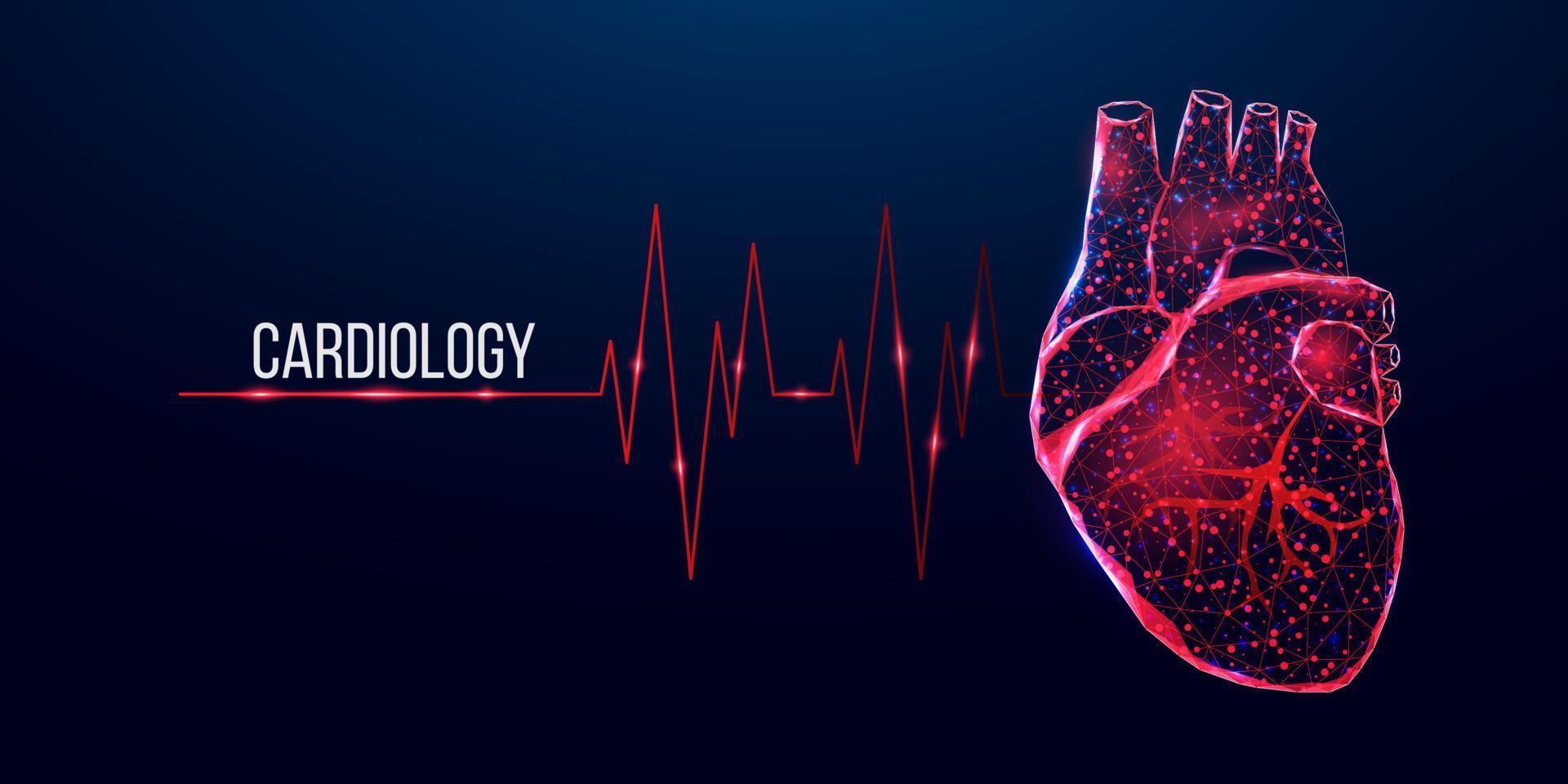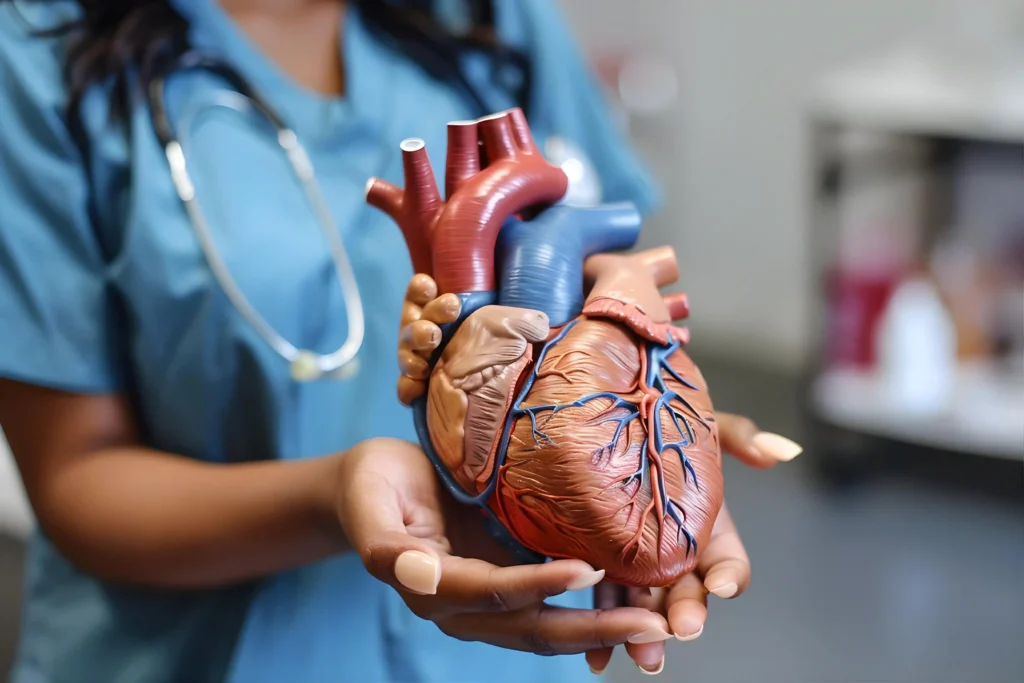Natural cholesterol-lowering remedies from Cardiology Jupiter
Natural cholesterol-lowering remedies from Cardiology Jupiter
Blog Article
Understanding the Significance of Cardiology in Modern Healthcare Services
Cardiology plays a crucial duty in modern-day health care, specifically as cardiovascular disease remains to be the leading cause of death worldwide. Advancements in diagnostics and treatment have actually transformed person treatment, making it possible for earlier interventions and boosted results. In addition, the shift towards preventative cardiology encourages individuals to handle their health proactively. As technology remains to evolve, the integration of innovative solutions might even more redefine cardiology's influence on public health and wellness, prompting a closer examination of emerging trends and their implications.
The Frequency of Cardiovascular Disease and Its Effect On Public Health
Heart disease stays the leading cause of fatality globally, its effect extends much past individual people to impact public health systems and economies. The high prevalence of heart disease puts a considerable pressure on health care resources, demanding enhanced funding for prevention, therapy, and rehab programs. Public health campaigns must resolve danger factors such as obesity, cigarette smoking, and less active lifestyles, which add significantly to the increasing occurrence of heart conditions.Moreover, the economic problem connected with heart problem is tremendous, encompassing not just direct medical prices however likewise indirect expenses associated with lost efficiency and premature death. Communities encounter obstacles in managing these costs, often leading to disparities in health care access and end results. As the populace ages and lifestyle-related dangers proceed to intensify, the necessity for effective cardiology interventions ends up being extremely important. Resolving heart illness is not just a matter of specific wellness however additionally an important public health top priority.
Developments in Cardiac Diagnostics and Imaging Techniques
Recent developments in heart diagnostics and imaging strategies have actually revolutionized the area of cardiology, enhancing the capability to identify and check heart problem. Methods such as heart MRI, CT angiography, and echocardiography have actually ended up being significantly advanced, providing detailed pictures of heart frameworks and features. These techniques enable the early identification of problems like coronary artery disease, heart failing, and valvular disorders.Moreover, innovations in non-invasive diagnostics, such as wearable technology and remote tracking gadgets, have empowered people and doctor. These tools promote real-time tracking of heart rhythms and other important indicators, leading to timely interventions. Furthermore, expert system is being incorporated into imaging evaluation, boosting accuracy and effectiveness in diagnosis.
Technologies in Therapy Choices for Heart Issues
Current developments in cardiology have actually resulted in substantial developments in treatment options for heart problems. These consist of sophisticated medical strategies that enhance step-by-step end results and emerging medications that provide brand-new methods for treatment. As the field evolves, these technologies play a crucial function in boosting individual treatment and outcomes.
Advanced Surgical Techniques
Advancements in surgical methods have actually changed the landscape of cardiology, offering new wish for patients with heart disease. Minimally invasive procedures, such as catheter-based interventions, have significantly decreased healing times and healthcare facility stays. Methods like robotic-assisted surgical treatment boost accuracy, permitting surgeons to browse complex anatomical structures with better accuracy. Furthermore, advancements in imaging innovation help with real-time visualization during treatments, improving results. Transcatheter aortic shutoff replacement (TAVR) exemplifies a development in treating aortic constriction, enabling valve replacement without open-heart surgical procedure. Furthermore, hybrid methods that combine catheter-based and surgical techniques supply tailored options for various cardiac problems. These sophisticated surgical techniques not only enhance patient security but additionally broaden treatment alternatives, emphasizing the essential role of development in modern cardiology practices.
Emerging Medicines and Treatments
As the landscape of cardiology remains to develop, emerging therapies and medicines play a critical role in boosting treatment alternatives for heart disease. Technologies such as novel anticoagulants and progressed lipid-lowering agents have changed the administration of heart diseases, substantially decreasing person morbidity and mortality. In addition, the development of gene therapies and regenerative medication supplies promising methods for dealing with conditions formerly deemed irreparable. Scientific trials are consistently disclosing the effectiveness of these therapies, pushing the boundaries of traditional treatments. Furthermore, the assimilation of electronic health innovations assists in tailored medication, permitting customized treatment strategies based upon hereditary and way of life variables. Jointly, these developments emphasize the dynamic nature of cardiology, enhancing person end results and redefining standards of care in modern healthcare.
The Function of Preventive Cardiology in Person Care
Preventive cardiology plays a vital role in client care by concentrating on the identification of risk variables that add to heart illness. Through way of life alteration techniques and very early detection techniques, medical care companies can effectively reduce the occurrence of cardio occasions - Cardiology. This aggressive strategy not only boosts person outcomes but likewise advertises long-term wellness
Risk Aspect Identification
While cardiovascular diseases remain a leading source of morbidity and death worldwide, effective threat variable identification works as a foundation of precautionary cardiology. Determining threat variables such as hypertension, diabetes, household, and hyperlipidemia background is crucial for very early treatment. Health care experts make use of different screening approaches to review these factors, allowing for tailored safety nets. Furthermore, recognizing an individual's lifestyle selections, such as cigarette smoking and physical lack of exercise, better educates risk assessments. This comprehensive assessment makes it possible for clinicians to create customized care strategies targeted at mitigating risks. By prioritizing danger aspect recognition, medical care systems can improve patient end results and reduce the general worry of heart diseases, eventually adding to enhanced public health methods and resource allotment.
Way Of Life Adjustment Approaches
A plethora of research studies highlights the essential function of way of living adjustment approaches in lowering heart disease danger. These methods encompass nutritional adjustments, raised physical activity, cigarette smoking cessation, and weight management. By adopting a heart-healthy diet abundant in fruits, vegetables, entire grains, and lean healthy proteins, individuals can decrease cholesterol levels and high blood pressure. Routine physical task reinforces the heart and boosts overall cardio health. In addition, stopping cigarette smoking significantly minimizes the threat of cardiovascular disease and boosts recuperation rates for those with existing problems. Weight administration even more adds to cardio wellness by mitigating various other risk elements such as diabetes mellitus and hypertension. Applying these lifestyle transforms not only promotes specific well-being however likewise offers as a cornerstone of preventative cardiology in client treatment.
Very Early Discovery Techniques
Way of life adjustments substantially add to decreasing heart disease dangers, yet they are most efficient when paired with early detection methods. Preventive cardiology stresses the importance of identifying potential heart issues prior to they intensify right into severe conditions. Methods such as high blood pressure monitoring, cholesterol testing, and progressed imaging modern technologies like echocardiograms play essential functions in examining cardio wellness. Biomarkers and genetic screening also improve the precision of early detection, enabling for tailored preventative approaches. Regular cardiac danger evaluations empower doctor to interfere proactively, potentially avoiding cardiac arrest and strokes (Cardiology). By integrating these very early detection approaches right into regular care, clients can take advantage of timely lifestyle interventions and targeted treatments, inevitably improving end results and enhancing quality of life
Integrating Innovation Into Cardiology Practices
As advancements in technology remain to improve numerous fields, the assimilation of innovative tools and systems right into cardiology methods has become crucial for enhancing individual care and outcomes. Telemedicine platforms allow cardiologists to keep an eye on patients from another location, enhancing access to care while reducing the burden on health care centers. Wearable gadgets, such as smartwatches, enable continuous heart price tracking, informing both physicians and patients to prospective issues in real-time. Furthermore, expert system (AI) is being made use of to analyze substantial amounts of cardiac information, aiding in very early diagnosis and personalized treatment strategies. Advanced imaging techniques, consisting of 3D echocardiography, improve visualization of heart structures, leading to extra precise interventions. Digital health and wellness records (EHRs) enhance individual details management, making certain that cardiologists have instant access to critical data. Together, these technical advancements are changing cardiology, promoting proactive administration and boosted health and wellness outcomes for individuals with cardiovascular conditions.
The Value of Client Education and Engagement
Individual education and engagement play a critical duty in the monitoring of cardio health. By furnishing individuals with understanding concerning their conditions, treatment choices, and way of life modifications, health care service providers empower people to take an energetic duty in their care. This proactive technique can bring about enhanced adherence to prescribed medications, dietary modifications, and workout programs, inevitably reducing the danger of complications.Engagement also cultivates a solid patient-provider connection, motivating open communication and trust. When clients feel informed and included, they are most likely to voice worries and ask inquiries, which can bring about far better medical end results. Furthermore, academic resources, such as workshops or digital systems, can boost understanding and promote self-management approaches. In general, focusing on patient education and learning and involvement is important for enhancing cardiovascular health and wellness, improving top quality of life, and reducing health care expenses related to heart diseases.
Future Fads in Cardiology and Their Potential Effect

Often Asked Questions
What Way Of Life Changes Can Lower Heart Problem Threat?
The existing question addresses way of living changes that can substantially decrease heart problem threat. Cardiology. Adopting a balanced diet plan, participating in normal exercise, maintaining a healthy weight, taking care of anxiety, and staying clear click to read of tobacco can notably improve cardiovascular wellness
Just How Can I Identify Early Indications of Heart Issues?
Recognizing early signs of heart troubles entails monitoring signs such as chest pain, lack of breath, tiredness, and irregular heart beat. Timely recognition of these signs can motivate necessary medical analysis and intervention for much better outcomes.
What Are the Differences Between Cardiologists and Cardiac Surgeons?
The differences between cardiologists and heart specialists lie in their duties; cardiologists mainly detect and take care of heart disease through non-invasive methods, while heart specialists execute operations to remedy architectural heart issues. Each plays an essential, distinct duty.

Exactly how Commonly Should I Get My Heart Health Checked?
The frequency of heart wellness checks varies based upon specific risk factors. Generally, grownups need to go through assessments every one to two years, while those with existing conditions may call for more regular evaluations as encouraged by health care experts.
What Duty Does Genes Play in Heart Disease Danger?
Genes considerably affects heart illness risk, with domestic patterns indicating acquired problems. Certain genes can predispose individuals to hypertension, cholesterol problems, and various other cardio issues, highlighting the relevance of hereditary testing in assessing heart wellness. Heart condition stays the leading cause of fatality globally, its influence expands much beyond individual people to influence public health systems and economic situations. Public wellness efforts need to address danger elements such as weight problems, smoking cigarettes, and less active way of lives, which add substantially to the climbing occurrence of heart conditions.Moreover, the financial problem connected with heart condition is tremendous, encompassing not just direct clinical prices however likewise indirect expenses related to lost performance and early mortality. Preventative cardiology plays a vital duty in client treatment by concentrating on the identification of threat aspects that add to heart condition. Synthetic knowledge (AI) and maker learning are improving diagnostics and person surveillance, making it possible for very early detection of heart illness. The differences in between cardiologists and cardiac doctors exist in their roles; cardiologists mostly click here for more info detect and handle heart problems via non-invasive approaches, while cardiac cosmetic surgeons execute medical treatments to deal with architectural heart concerns.
Report this page